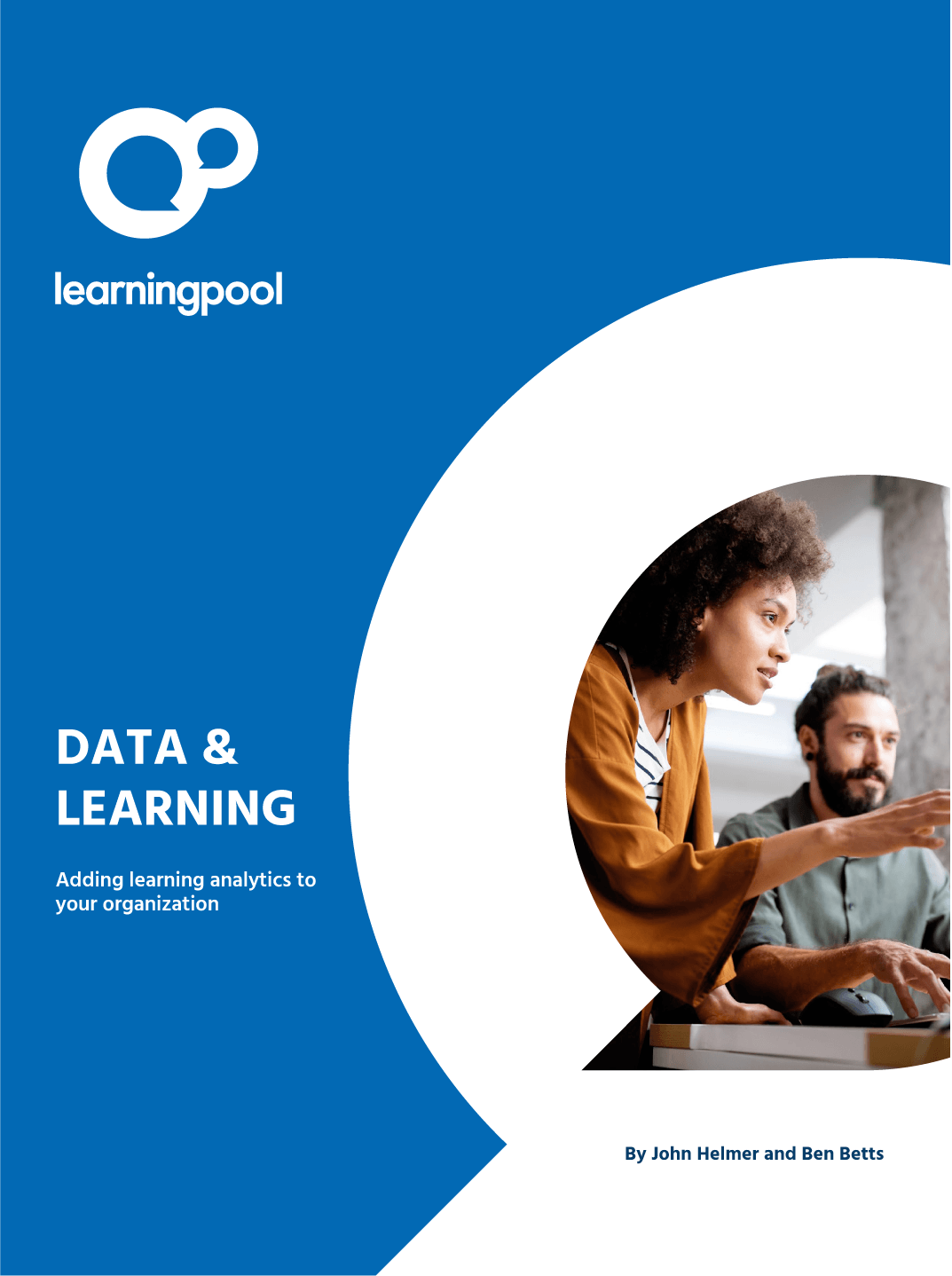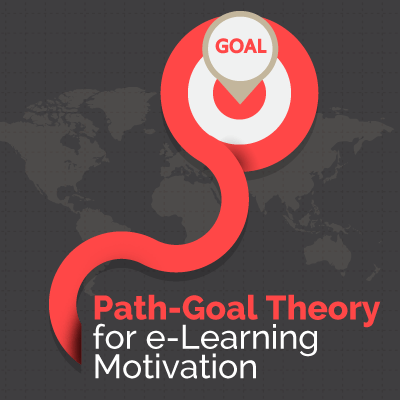Training Evaluation: The LTEM Model And How It Helps Measure Employee Performance Goals
The four-step model known in popular shorthand simply as ‘Kirkpatrick’ has come in for heavy criticism in some quarters. But research tells us it is still the evaluation methodology most widely used by learning professionals. Kirkpatrick is very far from being the only game in town, however. But how does this affect employee performance goals?

Almost since its inception the model has been modified, extended, revised, overhauled, and tinkered around with by successive generations of learning theorists and practitioners.
Jack J. Phillips proposed adding a fifth level to the model, Return On Investment (ROI). Roger Kaufman argued that ROI could be considered part of level 4, but (with others) made his own suggestions for additions to the model including a fifth level based on societal contribution and splitting level 1 into “input” and “process.”
Other refinements and additions to the model made over the years include:
- The CIRO (Context, Input, Reaction, Outcome) approach: Warr, Bird, and Rackham (1970)
- Hamblin (1974)
- Brinkerhoff (1987)
- Bushnell, (1990)
- Sleezer, et al. (1992)
- Fitz-enz (1994)
- Bernthal (1995)
- The Indiana University approach: Molenda, Pershing, and Reigheluth (1996)
- The KPMT model: Kearns and Miller (1997)
- The Carousel of Development: Industrial Society (2000)
And that’s just the ones that stick reasonably closely to Kirkpatrick’s framework. There are others I won’t list here that move further away from it.
The Learning-Transfer Evaluation Model For Measuring Employee Performance Goals
Most recently the Learning-Transfer Evaluation Model (LTEM), created by Will Thalheimer, has gained considerable traction with practitioners, and Brinkerhoff has become increasingly popular.
The result of this is that learning professionals now have a choice of models to deploy when evaluating learning. And if that choice seems initially a little baffling, don’t despair. There is a clear principle that can guide you in your choice of which Kirkpatrick variant to use.
It’s all down to your goals—what you are trying to achieve by evaluating. Evaluation projects don’t all have the same aims. Similarly, many of these Kirkpatrick variants shift the focus of instrumentality in ways that make them more suited to particular aims. So think about what you are trying to do, and choose the model that best helps you get there.
Here are three examples of how this might work in practice for your employee evaluation goals.
1. Prove ROI
If your main driver in evaluating is financial—you want to prove that your learning intervention saved the organization money, say, or led to a financially quantifiable improvement in productivity—then Jack J. Phillips is probably your guy.
Phillips adds a fifth level to Kirkpatrick, ROI, and gives a methodology for calculating the financial impact of programs. Bear in mind, however, that he himself said this method should be used selectively, as it is time-consuming and expensive.
2. Improve Training
Brinkerhoff’s Success Case Method (SCM) focuses on outliers; those who performed or scored well and those for whom the training failed, and uses qualitative methods to drill down into the reasons for this success or failure. This method can significantly assist you with evaluating employee performance goals.
Although it can be turned to many uses both on its own or in combination with other methodologies, SCM has to be your go-to model to improve the quality and effectiveness of the learning you provide.
3. Prove Learning Transfer
LTEM is strongly focused on learning transfer and has eight ‘tiers’ (as opposed to ‘levels’):
- Attendance
- Activity
- Learner perceptions
- Knowledge
- Decision- making competence
- Task competence
- Transfer
- Effects of transfer
In the LTEM model it is not until tier 5, ‘decision-making competence’, that “adequate” metrics kick in, and then only if learners can demonstrate this competence after a sufficient period of time has elapsed after the training intervention (long-term remembering is one of the critical concepts of learning for Thalheimer). Impelled by Thalheimer’s critique of Kirkpatrick, and determined to keep “a laser-like focus on transfer,” LTEM focuses evaluation on establishing a “causal pathway starting at learning and moving to job performance and then organizational results.” The key steps within this pathway are:
- Decision- making competence
- Task competence
- Full transfer
Full transfer is when the subject can successfully put what they’ve learned into practice within their working lives without the need for significant help or prodding.
Full transfer is not, of course, the end of the story. That comes at level 8, with proof of transfer to the working situation—and that training has actually resulted in better performance according to measures that mean something to the business.
The Phillips ROI method might tell you that your learning program had a financial impact on the organization, but if your goal is really to measure against employee performance goals, then the casual pathway established by the LTEM model is really the one for you.
Conclusion
The examples given here are admittedly broad-brush, but serve to demonstrate that learning professionals have a choice of evaluation models to use, and needn’t stick slavishly to Kirkpatrick, which after 60-plus years in use has perhaps reached the end of its useful life.
If you want to discover more about the world of learning analytics, download the eBook Data And Learning: Adding Learning Analytics To Your Organization. It covers all the essentials, from choosing an evaluation method to using an LRS to meet performance benchmarks. For further insight into learning analytics, join the webinar, and discover the real power they bear.









